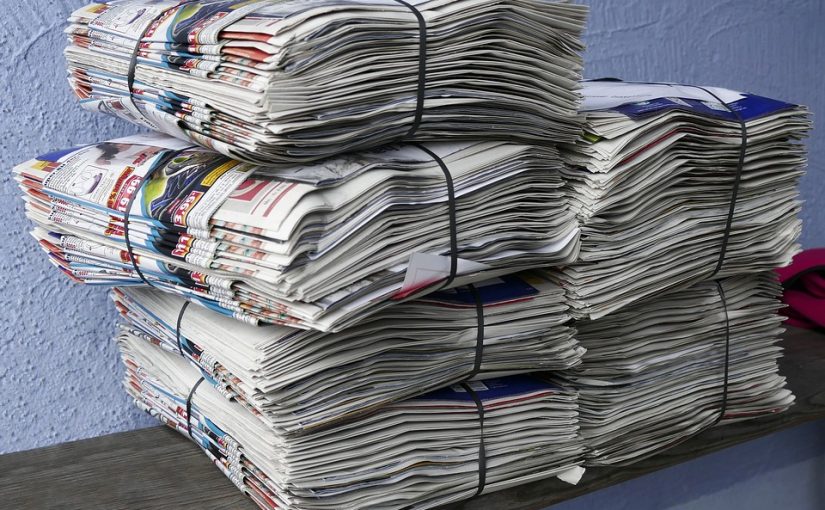In today’s world, it is essential to consider the impact of our actions on the environment. This requires us to be aware of our waste production, especially when it comes to products that are single-use or quickly discarded, like paper. Fortunately, there is a solution that can help address this problem: fiber-to-fiber recycling.
Fiber-to-fiber recycling is the process of converting waste paper into new paper products without the use of virgin fiber. Instead, the waste paper is collected, sorted, and transformed into pulp, which is then turned into new paper. This process reduces the need to cut down trees and decreases waste that would otherwise end up in landfills.
The benefits of fiber-to-fiber recycling are vast. First and foremost, this process helps preserve our forests. According to the Environmental Paper Network, paper production is responsible for approximately 42% of all harvested wood. By using recycled paper products, we can reduce our overall demand for wood and help protect our natural resources.
Another advantage of fiber-to-fiber recycling is the energy saved in the pulp and paper production process. It takes much less energy to convert waste paper into pulp than it does to make pulp from virgin fibers. In addition, fiber-to-fiber recycling decreases the amount of waste in landfills, where it can take years for paper products to decompose.
We, as consumers, can support fiber-to-fiber recycling in several ways. First, we can choose to buy products made with recycled paper, like books, notebooks, and printer paper. The recycled logo on a product indicates that it contains a percentage of post-consumer recycled content. The higher the post-consumer content, the more waste we divert from landfills and the fewer resources we consume.
Secondly, we can recycle our own paper products, like newspapers, magazines, and office paper. Recycling programs collect these materials, sort them, and redistribute them to facilities that make new pulp and paper products.
Lastly, we can advocate for policies that incentivize and support fiber-to-fiber recycling. Voluntary programs and government initiatives like tax incentives can encourage businesses to recycle more and use recycled paper products.
Fiber-to-fiber recycling is not a new concept. It has been used for decades in some parts of the world, and many companies are now prioritizing its use. However, there is still room for improvement. According to the American Forest & Paper Association, the recycling rate for paper products in the US has plateaued at around 65% since 2012. This is why it is crucial to continue educating people about the impact of fiber-to-fiber recycling and the importance of recycling in general.
Fiber-to-fiber recycling is an effective method for reducing waste and preserving natural resources. It is up to each of us to do our part by supporting this process and advocating for policies that prioritize the use of recycled paper products. By doing so, we can make a positive impact on the environment and create a more sustainable future.

